
My common adage is "Physics usually wins" and certainly physics are on the Lumia 950 XL's side, with OIS and a larger aperture, ZEISS optics, backed up by higher native resolution and oversampling, plus triple LED flash. Each of these factors should add up to better results, but let's put all this to the test in my usual fashion, based on a number of real world direct comparison shots. The Nexus 6P does score with its laser auto-focus rather than just 'phase detection', which is 'so 2014' now(!)
With the 6P's shots at '8.3MP' in 16:9, they make for a good match with the Lumia 950 XL in oversampled 8MP mode (naturally in 16:9), though as usual there are slightly different fields of view from the optics, so don't expect exact pixel matches in each comparator image pair.
| Note that the interactive comparator below uses javascript and does need to load each pair of images. Please be patient while this page loads, if you see a pair of images above each other than you've either not waited long enough or your browser isn't capable enough! You need a powerful, large-screened tablet or a proper laptop or desktop. This comparator will (probably) not work in IE or Edge on Windows phones. Sorry about that. |
Test 1: Sunny subject
My typical suburbs shot in the sun, with loads of detail. Here's the full scene:

In case you want to grab the original images to do your own analysis, here they are, from the Lumia 950 and Nexus 6P, click the links to download. And here are 1:1 crops, just wait to make sure the page has fully loaded and then use your mouse or trackpad pointer to compare the images:
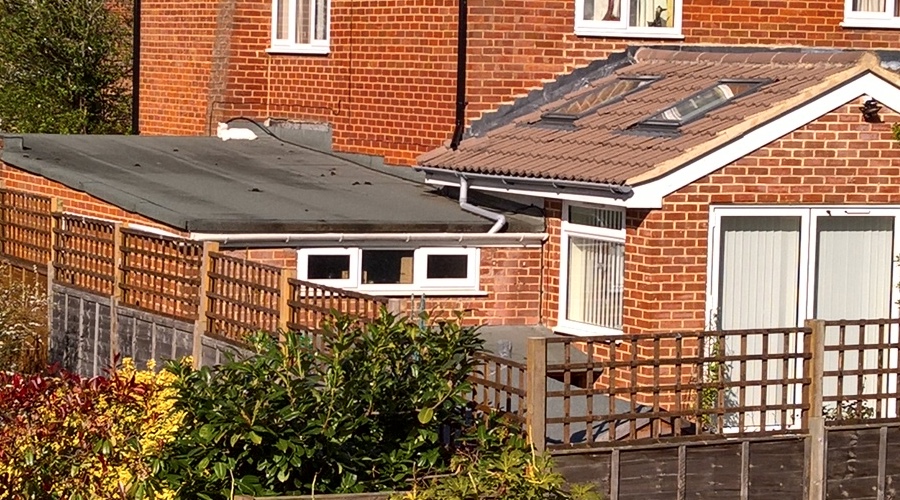
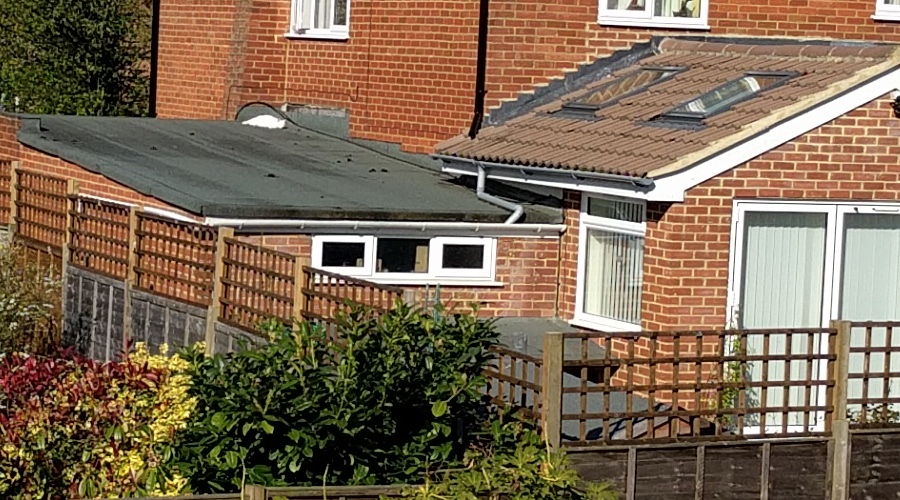
There's not that much difference between these two photos, as you might expect in ideal conditions - the Lumia 950 XL's shot feels higher quality to me, in terms of colours and slightly less processed look, so I'll give it the nod overall.
Lumia 950 XL: 9 pts, Nexus 6P: 8 pts
Test 2: HDR landscape
Shooting into a very bright sky and with a very interesting subject (and with natural greenery behind), HDR was forced on in both camera interfaces. Here's the full scene:

In case you want to grab the original images to do your own analysis, here they are, from the Lumia 950 and Nexus 6P, click the links to download. And here are 1:1 crops, just wait to make sure the page has fully loaded and then use your mouse or trackpad pointer to compare the images:


Again there's a wealth of 'natural' feel to the Lumia image, the ex-Nokia engineers at Microsoft have image processing down pretty tight after all this time, plus the oversampling means extra purity, keeping the fuselage detail and greenery much realistic. The Nexus 6P's image isn't bad - it's just the 950 XL's is better, as hopefully your own eyes can verify above.
Lumia 950 XL: 10 pts, Nexus 6P: 8 pts
Test 3: HDR macro
A large clump of bluebells, most of which were in shade but some had sunlight peeking through, I manually focussed in each case on the close stem just left of centre. HDR was forced on in both camera interfaces. Here's the full scene:

In case you want to grab the original images to do your own analysis, here they are, from the Lumia 950 and Nexus 6P, click the links to download. And here are 1:1 crops, just wait to make sure the page has fully loaded and then use your mouse or trackpad pointer to compare the images:


You can't really fault either phone camera here - both do a great job. The 950's image has a certain oversampled 'smoothness' that I like, but I'm loathe to penalise the 6P too much - it might just be that I'm 'attuned' to the Lumia processing after all this time.
Lumia 950 XL: 10 pts, Nexus 6P: 10 pts
Test 4: Zoom test
Zoomed in digitally by around 2x, focussed on the sign near the centre of the frame, in good light. Here's the full scene, unzoomed:

In case you want to grab the original images to do your own analysis, here they are, from the Lumia 950 and Nexus 6P, click the links to download. And here are 1:1 crops, just wait to make sure the page has fully loaded and then use your mouse or trackpad pointer to compare the images:
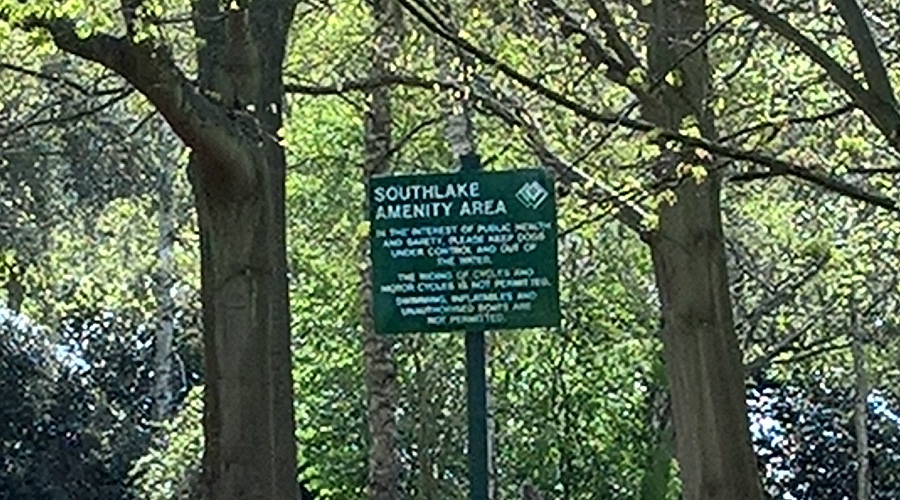

Now this is really interesting - the PureView zoom in the Lumia 950 XL should knock the 6P out here, yet despite zooming perfectly up to the PureView limit (in this case, to 1.5x), Microsoft's digital zoom algorithms make a complete mess of progress after that. I really wasn't zooming in much (2x is nothing), but even the extra 0.5x beyond the PureView limit (determined by the native sensor resolution, of course) is enough to send the Microsoft image processing into paroxyms.
In contrast, the Nexus 6P's purely interpolative zoom is really pretty good, making for more believable pixels and text on the sign that's more readable. A shock win for the Android phone - I've seen digital zoom done this well before - on the Samsung Galaxy Note 4 and S7, but I wasn't expecting it on a Nexus!
Lumia 950 XL: 5 pts, Nexus 6P: 7 pts
Test 5: Zoom test - take 2
Now, forgive me, 6P fans out there, but not quite believing how bad the Lumia's zoom was in the previous test, I wanted to try another data point. Again using roughly 2x zoom, which I think is a realistic amount that most users might expect to work. Here's the Gannet, shot through the fence, in good light. Here's the full scene, unzoomed:

In case you want to grab the original images to do your own analysis, here they are, from the Lumia 950 and Nexus 6P, click the links to download. And here are 1:1 crops, just wait to make sure the page has fully loaded and then use your mouse or trackpad pointer to compare the images:
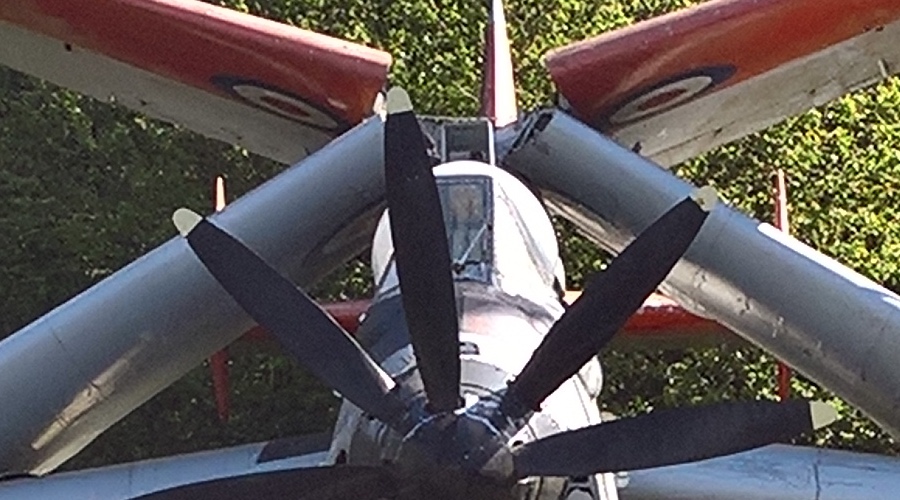
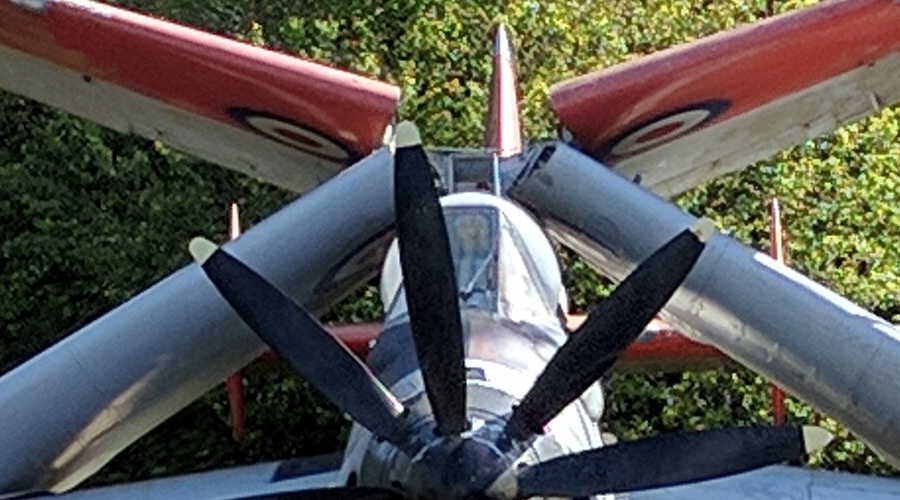
Interestingly, the extended zoom on the Lumia 950 XL fares a bit better with manmade objects (here), but I'm still going to give the nod to the Nexus 6P (again), with a more believable looking image and less artefacts overall.
Lumia 950 XL: 7 pts, Nexus 6P: 8 pts
Test 6: Night time
Time to really push the smartphone cameras now. Dead of night, just street lights and some house lights. Here's the full scene, really quite a bit darker than it looks in the overview here:
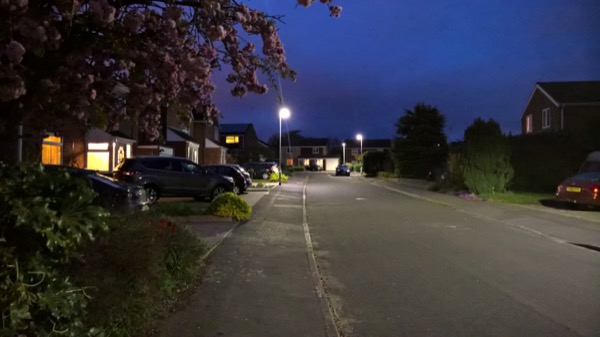
In case you want to grab the original images to do your own analysis, here they are, from the Lumia 950 and Nexus 6P, click the links to download. And here are 1:1 crops, just wait to make sure the page has fully loaded and then use your mouse or trackpad pointer to compare the images:
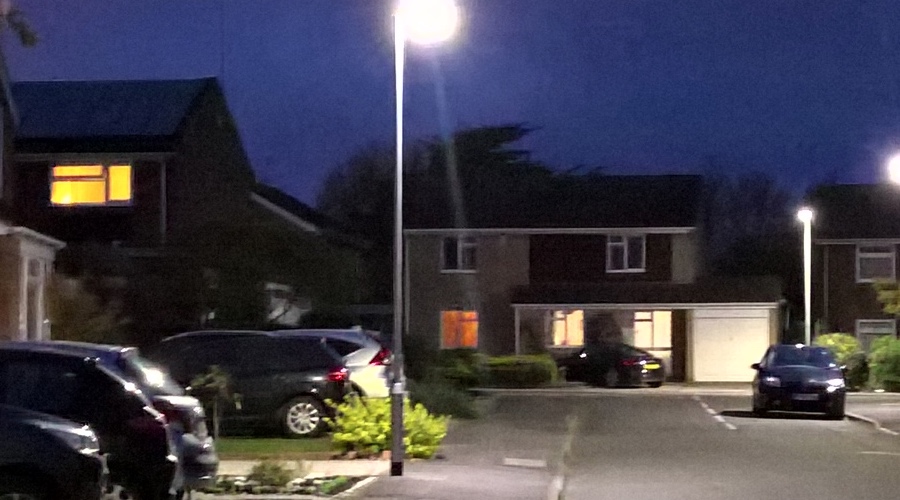
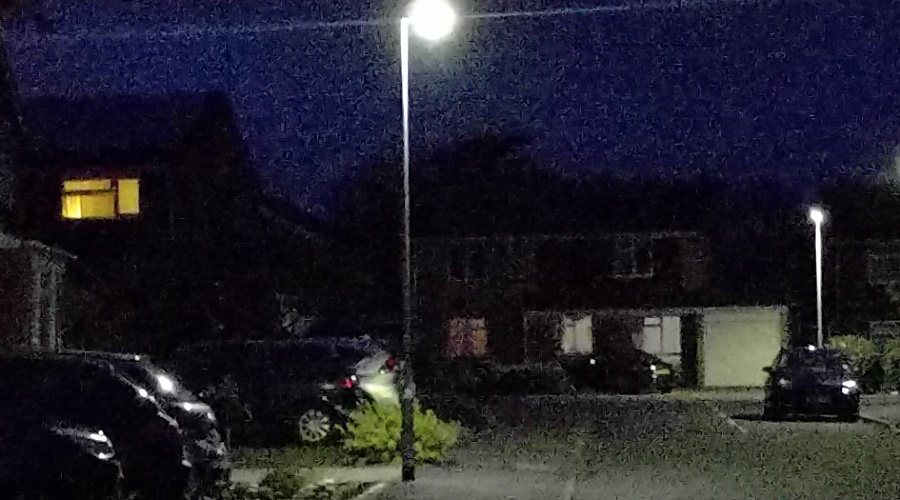
Well, there's no contest here, obviously - the OIS in the Lumia 950 XL means that the shutter could be open for five times as long, with minimal impact on detail, plus the ISO could be kept sensible (the 6P went up to ISO3762, while the Lumia 950 XL kept it at ISO800). Given that the Nexus 5 and 6, from two and three years ago respectively, also had OIS (optical image stabilisation) then it's a huge disappointment to see the Nexus 6P miss it out. With predictable results here.
However... The Nexus 6P shot above was taken with flash off (obviously) and with HDR off (I'd have thought, obviously again - why would you need HDR at night?) But following tips from the comment thread below, I turned HDR+ on manually (this sometimes triggers in Auto-HDR+ mode, but not always) and tried again, the following night. In HDR+ mode, as it sounds, multiple shots are taken at different exposures - although there's zero benefit in the 'high dynamic range' aspect at night, there will be benefit in combining multiple shots, i.e. reducing noise.
And so, here's take two of the night time test, with apologies that it was 24 hours later and so the pattern of house lights and cars won't be identical.
In case you want to grab the original images to do your own analysis, here they are, from the Lumia 950 and Nexus 6P, click the links to download. And here are 1:1 crops, just wait to make sure the page has fully loaded and then use your mouse or trackpad pointer to compare the images:

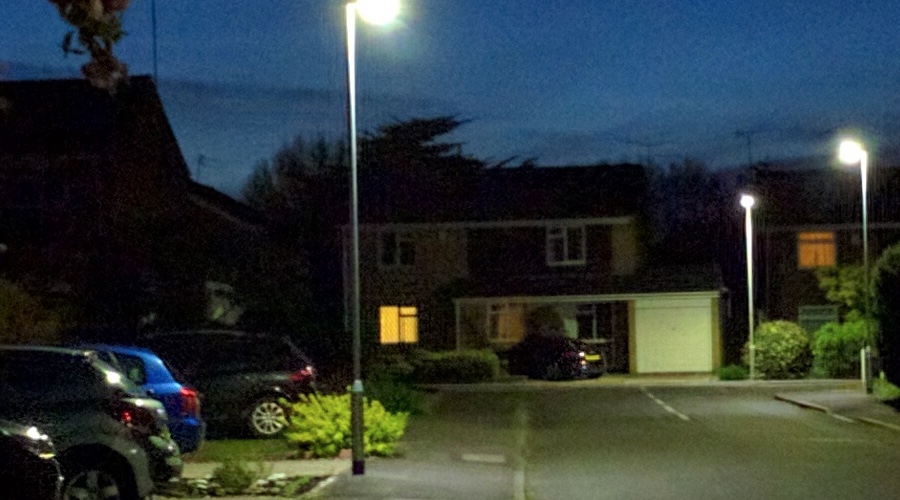
A significantly better showing from the 6P then, though with the caveat that a user would need to check the mode was on and also to stay stock still for the second or so it takes to capture the multiple exposures. Although a much cleaner and more pleasing shot, the 6P, even with the multiple exposure help, still can't match the single OIS-assisted shot from the Lumia 950 XL.
Lumia 950 XL: 8 pts, Nexus 6P: 5 pts
Test 7: Evening human, with flash
Not quite as extreme as my usual party mock-up shot, in that I wasn't moving as dramatically - both LED flash units would have struggled - but neither was I stayig stock still. Here's the full scene, in this case from the 6P, showing that I was moving:

I'll spare you the full versions (and my expressions!), but here are 1:1 crops, just wait to make sure the page has fully loaded and then use your mouse or trackpad pointer to compare the images:
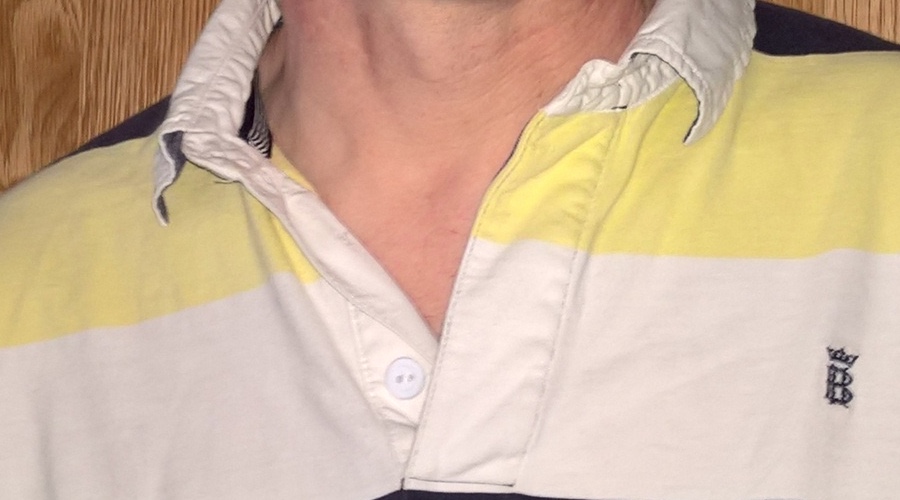
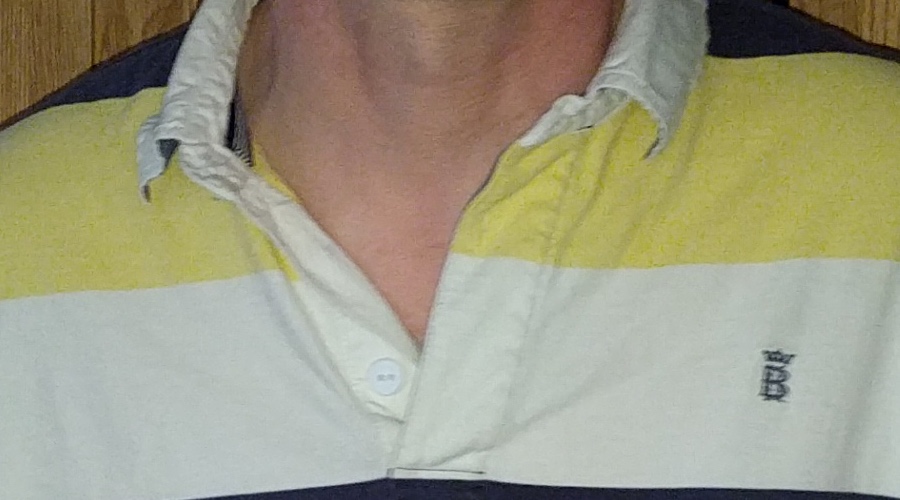
Another clear win for the Lumia 950 XL and physics. The combination of 2.x longer shutter speed (thanks to OIS), stability in the hand, brighter flash (triple, not dual), plus overampling to get rid of digital noise means a far clearer and better illuminated photo.
Lumia 950 XL: 8 pts, Nexus 6P: 5 pts

Verdict
Adding up the points gives us a good feel for the relative strengths of the two smartphone cameras:
- Microsoft Lumia 950 XL: 57/70 pts
- Google Nexus 6P: 51/70 pts
A clear win for the Lumia then, the proof is all there in the images above. The Nexus 6P lets itself down with its image processing, in good light it should be producing much more natural images than it does - and this is down to algorithms. Though it's ultimately outgunned and sorely lacks OIS. The Lumia does (predictably) well across all light conditions, with my only real concern being the mess it gets itself into when zooming beyond the sensor/PureView limit - something for Microsoft to look into.
Comments welcome - is there ANY challenger to the Lumia 950/XL's imaging crown in 2016? So far everything else has fallen short. The Huawei P9, the iPhone 6s, the Galaxy S7/S7 edge, I could go on....
